Minor mishaps occur all the time in the kitchen, whether you cut your finger while dicing an onion, scorched your hand in a grease fire, or burned the roof of your mouth because you were to eager to taste-test your killer pasta sauce.
While the old standbys of ibuprofen, bandages, and Neosporin work just fine to protect most minor injuries, there are alternatives that (a) won't fall into your cake batter, (b) taint the way your meatloaf tastes with petroleum byproducts, or (c) contain weird chemicals that you probably don't want near your food.
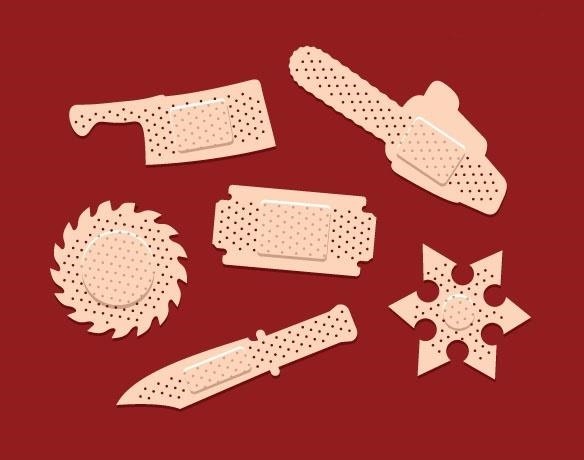
Lemon Juice (Seriously) For Nicks, Scrapes, & Cuts
Food-related injuries are a badge of honor among hardcore cooking types, but they're no fun to deal with while they're healing. Nicks, scrapes, and small cuts that happen when you slip up with your knife or when you rub your fingertips against the surface of a box grater aren't life-threatening, but these small nuisances throb and pull your focus away right when you need it most.
A midwife recommended that I use lemon juice on my scrapes, especially when I complained that the ol' Neosporin-and-bandage route just left my wounds kind of soggy and that they didn't heal quickly. She recommended lemon juice to fix everything from chafed nipples due to breastfeeding to knife cuts.
I simply cut half a lemon and either stick the injured fingertips right in there or squeeze juice on the open wound. I leave it on for as long as I can stand it (about ten seconds) then rinse it off.

Lemon juice's virtues are myriad. As a weak organic acid, it is both mildly antiseptic and astringent. The former quality will keep wounds from getting infected, while the latter will help stanch bleeding. After all, it can help disinfect your cutting boards from bacteria that might be leftover from various foods, including raw meat, so it can definitely help clean out any microbes from your skin.
Since it is an acid, it encourages cell turnover, which means your skin heals more quickly and with minimal scarring. The initial burn is worth the results. I actually use lemon juice on particularly raw hangnails and paper cuts, too—it's the quickest way I've found to speed up healing.
Honey Soothes Wounds, Too
Honey is a near-magical substance. Not only does it never spoil, it has antibacterial and antiseptic qualities that make it a prime subject for scientific studies on how it helps wounds heal. There's a reason it's been used for centuries as a treatment for acne, dry lips, and skin ailments.

It's also a boon for cooks, since most kitchens have a jar of the stuff handy. If you nick yourself and need a quick fix for a minor cut or burn, dab some honey on that injury. It's safe for both you and your food.
Cayenne Pepper Is a Healing Agent
I personally haven't tried this method for stopping small cuts from bleeding, but many swear by the virtues of cayenne pepper. Herbalists recommend pouring the powder directly on top of small cuts and scrapes to sterilize the wound and stop bleeding. (Warning: apparently and unsurprisingly, this burns like hell.) It has a long and rich history as an antiseptic and folk medicine, too.
Capsaicin, one of the components in cayenne that lends it its heat, can function as a vasoconstrictor when used externally, which means it encourages blood vessels to close, thereby cutting down on blood loss.

However, I'd reach for cayenne pepper last, only because I'd be concerned about scarring. Dirty City Hustler extolls the virtue of cayenne pepper for healing a cut, and posted pictures to prove that the fiery red stuff helped him heal within 48 hours. Also, Jerem over at Herbal Learning used the stuff when he almost cut his thumb off. However, the cuts treated with cayenne pepper most likely left pretty big scars afterward.
Mouth & Tongue Burns
So you took a bite of food but didn't wait until the temperature died down. Now you have that raw, tender feeling on your tongue and the roof of your mouth. What can you do to soothe it? The obvious solution is ice, which dentists recommend. So suck on an ice cube or ice pop to bring some immediate relief to the area.

Personally, I opt for sipping some full-fat milk, buttermilk, ice cream or butter, which is a trick my Mexican neighbors taught me when I was a kid (it works for too-spicy food, too, as you'll soon see). The fat coats the burn and the lactic acid in dairy products will help speed up the cell turnover and the healing process.
Another good tip from dentists is to squeeze a vitamin E capsule over the burned area to encourage healing and to leave the wounded area alone so it can heal. That means no poking, prodding, or eating crunchy, highly textured foods that can cut up your mouth. If the vitamin E option is a little too greasy for you to stomach, may I suggest taking a teaspoon of honey and letting it coat the burned area before swallowing it?
Ate Something Too Spicy? Here's How to Fix It
The burn you feel from taking a mouthful of highly flavorful food is most likely due to those capsaicin-bearing chilies or the volatile essential oils in pungent spices like cloves.
An old folk remedy dictates that full-fat dairy is once again your friend in this kind of situation. As Mythbusters explains, dairy products contain the protein casein, which binds with the capsaicin oil and carries it away from your heat-sensing skin receptors (also known as VR1 receptors).

Alas, anything water-based, like fruit juice, beer, or water itself won't do much good to put out those fires. They might actually increase the fiery feeling. Very high-proof alcohol might work to dissolve the capaiscin, but you'd have to drink a lot of it in order for it to work, which may not be desirable or possible.
Yumi's guide also expounds the virtue of eating or drinking something acidic like tomato juice (which will also dissolve the capsaicin) or eating a mouthful of peanut butter (the oil will also dilute the effects of the hot oil).

Other remedies include eating a teaspoon of honey or sugar or some starchy carbs like tortillas and bread. The sugars are believed to have a chemical reaction with the capsaicin and neutralize the burning sensation. Some even swear by chocolate, with its mix of fat and sugar, as the ultimate solution to biting off a mouthful that's too spicy.
Treat Minor Skin Burns with Lavender Essential Oil
Skin burns are the most common injury I deal with in my kitchen, mostly because after years of cooking, I tend to think I'm impervious to the heat and end up grabbing pans and spoons before they cool down. Those patches of skin can really ache, but fortunately, there are some good, natural remedies that will help your skin heal quickly.
Some people automatically grab an ice cube or run the burn under cool water, which is what most first aid classes recommend. While that's good for some immediate relief, the one thing I've found that truly works to stop the pain and help skin heal with a minimum of scarring is lavender essential oil. Just a drop of two of the stuff applied immediately after I burn myself has an analgesic effect, and I usually notice the burn starts to heal within 36 to 48 hours, especially if I remember to reapply it regularly. That's unsurprising, since lavender is famed for its antiseptic, antibacterial, and skin-healing properties.

One caveat: most essential oils are distilled from plants, herbs, and spices and should always be used diluted in a carrier oil like jojoba (which is actually a waxy ester, but it essentially acts as an oil). While some natural healing and aromatherapy sources say you can use lavender essential oil neat, or undiluted, others say that doing so can sensitize the skin.
Plus, really good quality lavender essential oil is expensive, and a little goes a long way. I say dilute it to about 10% concentration in a good carrier oil and keep it handy in the kitchen. One word of warning: lavender oil is strong, so if you're handling food after you apply it, wear gloves, or you'll end up with lavender-scented entrées.
Other Good Remedies: Aloe Vera, Raw Potato, & Tin Foil
If you have an aloe plant nearby when you burn yourself, cut off a section of a leaf and apply the juice to the burn. Studies show its effectiveness to treat first-degree burns and it has a long and noble history in folk medicine. It's been used to treat a number of skin conditions and even constipation. The bottled aloe works fine, although I prefer the stuff from the plant. Just make sure you read the label to make sure you're getting a high concentration of gel from the plant itself, and not a bunch of fillers.
Raw potato is a classic remedy for minor burns, too. You can't just slap a slice of raw potato on the burn, however. You need to get a really fresh, juicy raw potato, dice a small slice until it's mushy, and then apply the paste on the burn. This is a time-honored remedy for soothing burns. A 2006 study shows that potatoes may have some antibacterial effects, while another study shows that boiled potato peelings used as a dressing were as effective as gauze bandages in speeding up healing.

If you've got a burn covering a large portion of skin, the throbbing pain can only be relieved to a certain point by ibuprofen or aspirin. It turns out that wrapping the burn in either tinfoil or plastic wrap can help relieve your heatsore skin. Earth Clinic commenters give the tinfoil solution a resounding thumbs up. Reddit users speculate that both substances act as heat sinks (i.e., devices that get rid of unwanted or excess heat) and help relieve the pain from burns.
What's your favorite home remedy for minor injuries?
Just updated your iPhone? You'll find new emoji, enhanced security, podcast transcripts, Apple Cash virtual numbers, and other useful features. There are even new additions hidden within Safari. Find out what's new and changed on your iPhone with the iOS 17.4 update.







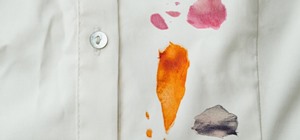
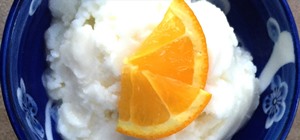
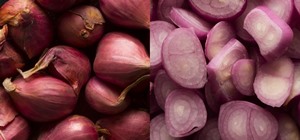









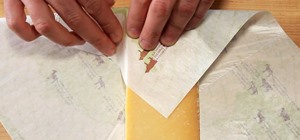
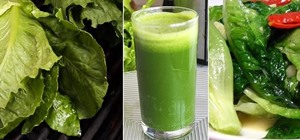


Be the First to Comment
Share Your Thoughts